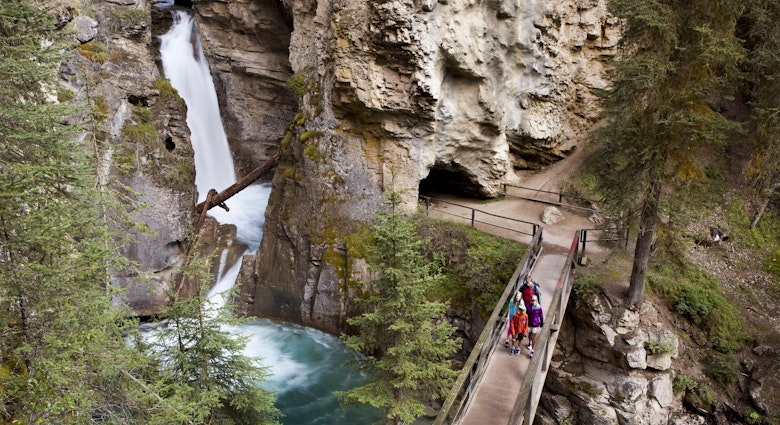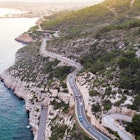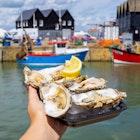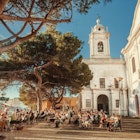“Murcia is the unknown province, even for the Spanish!” That was the gleeful introduction to the region by my tour guide and native Murciano, Carlos Reis.
He isn't wrong. Before visiting, I had described Murcia as “south of Valencia” to the numerous questions about where it was. Even closer to the region is the crowded and sometimes hectic coastal resorts of Alicante, but the relaxed pace of life in Murcia reigon couldn’t be further from those scenes.
Instead, Murcia has everything you love about Spain without the crowds: from excellent regional tapas and local wine; to history spanning the Moors and ancient Roman ruins; local fiestas throughout the calendar year; and a stunning coastline for outdoor enthusiasts.
While some of Spain’s most popular destinations are looking for ways to manage tourism numbers, Murcia's new airport is adding routes all the time, which means this jewel of a region can't remain “unknown” for very much longer.

When should I go to the Murcia region?
The region of Murcia makes a great winter sun destination, averaging more than 300 days of sunshine a year. Even autumn and spring can be hot, with average temperatures reaching as high as 26ºC in October and May. Summer can often get too hot for most people to enjoy; if you are visiting during these months, aim to spend a lot of time on the breezy coast.
Easter week can be a wonderful time for festivities in Murcia city. Several different religious processions take place on the streets, each with a different theme and identity. The first Tuesday after Easter is Bando de la Huerta, one of the biggest festivals in the city. Many people will be in traditional dress in the streets, regional food specialities will be available everywhere and there will be showcases of folkloric music and dances in a riot of color.
This being Spain, many towns and cities have their own fiesta days, so there are plenty of opportunities throughout the year to celebrate.
How long should I spend in the Murcia region?
If you’re looking for a relaxing "fly-and-flop" holiday – or just want to incorporate a chill element into your itinerary – you could happily spend two weeks dozing on quiet beaches, paddling in crystalline water and lingering over late tapas and vino.
Murcia city makes for a relaxing city break if flying directly into its airport or you could feasibly visit many of the highlights of the region in four days. But why rush?
Is it easy to get in and around the Murcia region?
Murcia region is now served by its own airport with regular direct flights from Dublin, Palma de Mallorca, England and Belgium to name a few. The busier Alicante airport is also an option and is just 50 minutes drive from Murcia city.
The compact nature of the region means it’s easy to see a lot of it in a relatively short trip – you can drive the length of the region in a little over two hours. There are public transport links between cities via bus and train, but you will see a lot more if you have your own set of wheels.
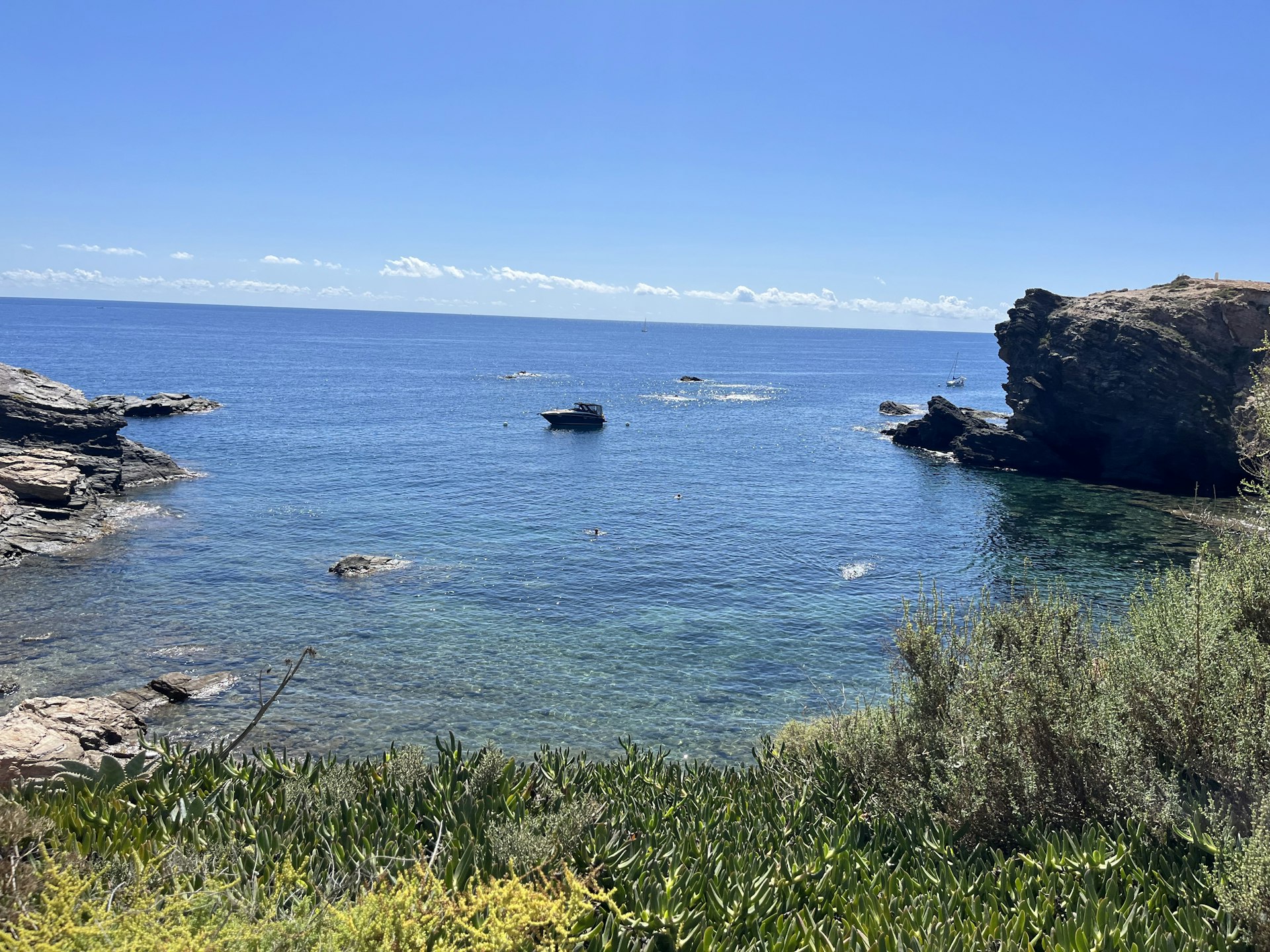
Top things to do in the Murcia region
Historical sites and re-enactments
The Murcia region is home to a glorious mishmash of historical influences and remnants to explore. There is plenty of well-preserved Roman history, particularly in the town of Cartagena. Throughout the year, you can visit a wonderfully restored Roman theater at the Museo del Teatro Romano or the remains of an entire section of the Roman town at Barrio del Foro Romano. A highlight of the calendar is the Festival of Carthaginians and Romans in late September. For two weeks, the town is full of thousands of locals in historical dress, taking part in battle re-enactments, marriage ceremonies, races and firework displays.
In Murcia city, you must pay a visit to the Real Casino, one of the most unique historic attractions in the region. Now open to the public, many rooms were built and designed during different periods from 1847 to the early 20th century. Each room is a delightful dedication to various architectural and design styles, from the sumptuous Arabic court, decorated in gold leaf and the lavish ballroom, inspired by French neo-Baroque design, to the celestial ladies' room with its original lampshades, mirrors and silks, complete with a ceiling painting of the moon goddess Selene.
Get out on (and into) the water
Murcia’s coastline and reliable sunshine make it great for water sports, especially when you need to cool off during the hotter months.
Cabo de Palos is also home to some of Europe’s best scuba diving where you can dive to numerous shipwrecks, most of them languishing since both World Wars. Snorkeling is also enormously popular.
For swimmers, lots of the coastline’s beaches remain gloriously undeveloped – with a set of wheels and patience, you can even find fairly empty stretches of sand in the summer.

What to eat in the Murcia region (and where to find it)
Like all of Spain’s regions, Murcia has a rich and unique gastronomic culture to explore. There’s a huge variety of vegetables grown and of course, fresh seafood courtesy of its coastline. Look out for some of these specialties while visiting:
Marineras: a tapas dish with tuna, potato and usually some veg on toasted bread.
Paparajotes: deep-fried lemon leaves served with ice cream. Peel the batter off the leaf before eating, it has a delicious lemon flavor. Try it: El Secreto is a good spot to try traditional regional tapas dishes.
Arroz caldero: literally translated as "rice cauldron", usually served in a huge pot and often with fish and not to be confused with paella – you will be corrected! Try it: Bocana de Palos serves up a delicious version with a sea view.
Pastel de carne: a puff pastry meat dish filled with egg, chorizo and various spices.
Murcia al Vino: goat’s cheese is very popular here and this variation has been cured in red wine. Pair with the local Monastrell red variety. Try it: La Diligente has excellent wine and cheese tastings.
Salt-baked fish: not unique to this region but an excellent way to try the many varieties of fish caught along the coast. Sea bream and sea bass are two popular versions. Try it: Alviento in Cartagena.

Where to stay in the Murcia region
Murica region has a broad range of accommodation options, from traditional pensions to an abundance of 4-star hotels. Prices remail relatively reasonable, particularly in Murcia city. I stayed at the four-star Occidental Murcia Agalia where rooms start from just €60 a night.
For something more luxurious, the newly renovated five-star Grand Hyatt La Manga Club is a destination in and of itself. It’s most famous for golf, with three courses suitable for a variety of skill levels but it’s also home to 11 restaurants, including the scenic La Cala overlooking the Mediterranean, specializing in fresh seafood. If you’re not staying there but want to treat yourself, you can book in for an epic Sunday brunch spread (€90 for adults, €50 for children).
Along the coast, there are plenty of self-catering villas you can rent if you want to stay in a big group or with a family. Many of these are second homes of local residents, so you’ll find a lot more availability outside the summer months.
How much money do I need for the Murcia region?
Murica is excellent value for money for visitors compared with many parts of Spain.
- Hostel room: €20-25
- Basic room for two: €60-130
- Self-catering apartment (including Airbnb): €60-150
- Local public transport ticket: €1.85 (single tram ticket for Murcia city)
- Coffee: €1.50-2.00
- Tapas dish: €2.50-5
- Dinner for two: €30-50
- Caña (small beer) at a bar: €1.50-2
- Glass of wine at a bar: €2.50-5
AnneMarie traveled to Murcia courtesy of Lotus PR and Turismo Región de Murcia. Lonely Planet contributors do not accept freebies in return for positive coverage.



